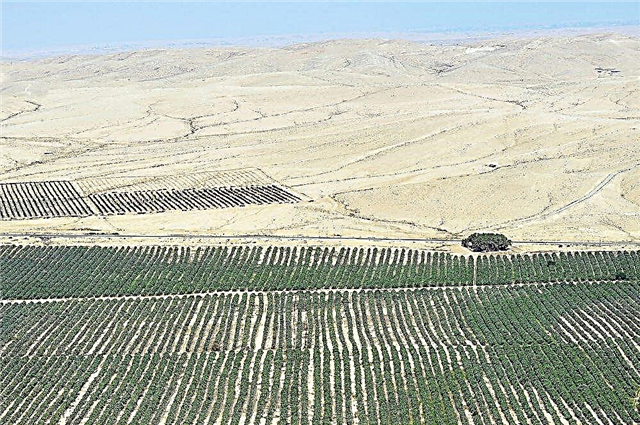Interesting facts about the Himalayas Is a great opportunity to learn more about the mountain systems of the world. The Himalayas are located on the territory of several states, reaching 2900 km in length and 350 km in width. A large number of people live in this region, despite the fact that landslides, avalanches, earthquakes and other disasters periodically occur here.
So, here are the most interesting facts about the Himalayas.

- The area of the Himalayas is 1,089,133 km².
- Translated from Sanskrit, the word "Himalayas" means "snowy kingdom".
- The local people, the Sherpas, feel fine even at a 5-kilometer altitude above sea level, where an ordinary person may feel dizzy and have difficulties due to lack of oxygen. Mostly Sherpas live in Nepal (see interesting facts about Nepal).
- The average height of the Himalayan peaks is about 6,000 m.
- It is curious that many territories of the Himalayas still remain unexplored.
- Weather conditions do not allow local residents to grow many crops. Rice is mainly planted here, as well as potatoes and other vegetables.
- An interesting fact is that there are 10 mountains in the Himalayas with a height of more than 8000 m.
- The famous Russian scientist and artist Nicholas Roerich spent his last years in the Himalayas, where you can still see his estate today.
- Did you know that the Himalayas are located in China, India, Nepal, Pakistan, Bhutan, Bangladesh and Myanmar?
- In total, there are 109 peaks in the Himalayas.
- At a height of over 4.5 km, the snow never melts.
- The highest mountain on the planet - Everest (see interesting facts about Everest) (8848 m) is located here.
- The ancient Romans and Greeks called the Himalayas - Imaus.
- It turns out that in the Himalayas there are glaciers that move at a speed of up to 3 m per day!
- A number of local mountains have not yet been stepped by a human foot.
- In the Himalayas, such large rivers as the Indus and the Ganges originate.
- The main religions of local peoples are considered - Buddhism, Hinduism and Islam.
- Climate change could negatively affect the medicinal properties of some of the plants found in the Himalayas.









